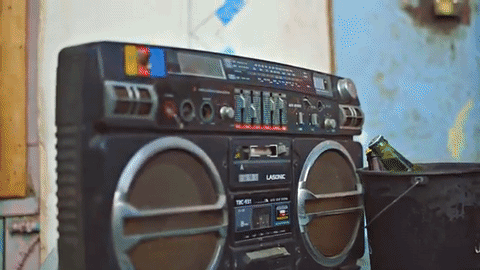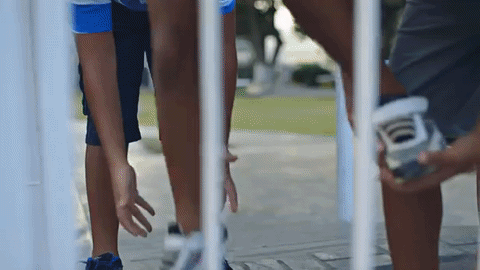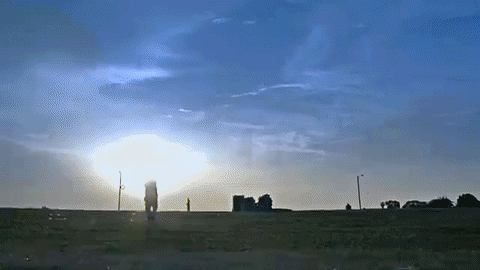Where would you like to visit?
Candidate name: Scott Clarke
Candidate number: 5038
Centre number: 10465

Reggae originated in Jamacia and has been their greatest export around the world

While sometimes used in a broad sense to refer to most types of popular Jamaican dance music, the term reggae more properly denotes a particular music style that evolved out of the earlier genres like Ska and Rocksteady
Reggae is a music genre first developed in Jamaica in the late 1960s
Bob Marley is said to have claimed that the word reggae came from a Spanish term for "the king's music"
Reggae was gained world wide exposure thanks to one of it's most famous artists Bob Marley
Reggae is a term that was coined sometime close to 1960. Derived from rege-rege, a Jamaican phrase meaning “rags or ragged clothing,” it is used to denote a raggedy style of music that grew up in Jamaica around that time.
REGGAE
The Shift From Rocksteady To Reggae
The shift from Rocksteady to reggae was illustrated by the organ shuffle pioneered by Jamaican musicians like Jackie Mittoo and Winston Wright and featured in transitional singles Say What You're Saying (1967) by Clancy Eccles and People Funny Boy (1968) by Lee "Scratch" Perry. The Pioneers' 1968 track Long Shot (Bus' Me Bet) has been identified as the earliest recorded example of the new rhythm sound that became known as Reggae.
The modernisation of Reggae
However, more modern forms of Reggae aim to combine their music with electronic
forms of music to 'keep with the times'. Artists like Damian Marley (Bob Marleys son)
have evolved the genre by modernising it. The gene was taken to an extreme dub
reggae style which was essentially drum, bass and the use of references from
other well - known tracks. It has been influenced by other genres, mainly Hip Hop
, in which beats will be rapped over in a reggae style. Artists will often fuse with
modern artists to make the songs more applicable to audiences of today. There
is a vast difference between the slow beats of Bob Marley and the faster more dance
music of Damian Marley that is evident today.
Analysis of a Reggae music video
Live We Life - Jah Cure
The message
The video follows both a narrative and performance aspect and the message of the music video seems to promote happiness and harmony, which is found throughout a lot of the Reggae genre, as it takes influence from the peaceful religion of Rastafarianism.

Camera Work
This eye level close up shot of Jah Cure as both the artist and camera move through the country of Jamaica encourages us to interact with song as we feel that we are actually interacting the with artist.
Camera Work
This constant eye level shot that is carried across three cuts shows the diversity and creativity of the people and helps to create a relaxed atmosphere as we feel at one with characters we are seeing in the music video.


Camera Work
The video seems to be full of shots where the camera is static yet they are still interesting shots that pay testament to the diversity of the people featured in the video which is perhaps why this was done.
Costume and iconography








Summary
When it comes to describing the type of clothing that reggae artists wear you find that are typically connected to the Rastafarian religion as that religion is closely associated with the music genre. You will typically also find that there is some sort of remark to Marijuana of some kind as herb is also closely associated with the religion.
Setting

The setting of this music video shows beautiful landscapes of Jamaica in the background, usually as the song is set there as it is seen as the birth ground of the music genre. As shown in this close up of Jah Cure in the background.

The open field that is pictured here from the music video seems to reinforce that common idea of being at one with Jah and nature in Rastafarianism as there is nothing but nature pictured.
Relationship between lyrics and visuals

We hear the lyrics 'Natural mystic is in the air
Bob Marley says have no fear' as we see the girl smiling thus illustrating the lyrics through visuals. This also doubles as an inter-textual reference to another famous Reggae artist, Bob Marley.

As the lyrics 'the life the life the life the life we live' are sung we see 4 quick fades between 5 shots of naturalistic elements, once again this is the visuals amplifying the meaning behind the lyrics we hear.
